
The development of geographical study in Canada, 1870–2000
pp. 281-315
in: Gary S. Dunbar (ed), Geography: discipline, profession and subject since 1870, Berlin, Springer, 2001Abstract
Across northern North America aboriginal people had an astute knowledge of their land, and European explorers from the early 16th century to the end of the 19th depended on aboriginals to be guided over land and on water from the Atlantic seaboard, progressing in stages to the shores of the Pacific and Arctic oceans. Aboriginals even drew maps for Europeans. Fur traders especially built up an extensive knowledge of the land. In the 1840s, for example, David Thompson, distinguished surveyor and trader, wrote a description of the country from Lake Superior to the Pacific Ocean, first published in 1916, that is now recognized as one of the finest regional geographies ever written on any part of North America (Thompson 1962). In the North reconnaissance explorations were undertaken by British naval men seeking the Northwest Passage, and they prepared valuable reports of natural features. Canada's premier scientific organization of the 19th century, the Geological Survey of Canada, was founded in 1841. After Canadian Confederation in 1867 its field of operations covered all of northern North America except, of course, Alaska and Greenland (Zaslow 1975). Slowly, and in many different ways, a rudimentary but sound factual information base on Canada accumulated. An unconscious grace and intelligence infuses much of this early geographical writing; the geography emerges from the unforced flow of narratives describing new areas experienced through hard travelling and seen through fresh eyes.


